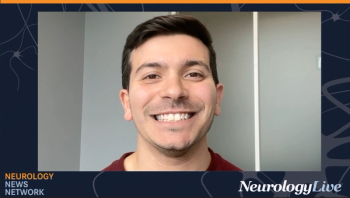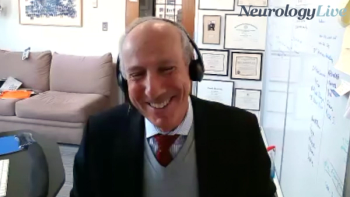
Alexander Kolevzon, MD: The STARS Study in Angelman Syndrome
The director of Child and Adolescent Psychiatry at Mount Sinai Health System spoke about the results of the phase 2 study of OV101 (gaboxadol), and the next steps for the phase 3 trial.
“[Angelman] was discovered 50 years ago. This was the first industry-sponsored trial in this syndrome. In academic medicine, the idea that industry is getting interested and involved, for us, is really important.”
At the
Those data of the highly selective extrasynaptic GABAA receptor agonist displayed significant global improvement at week 12 with a once-daily, 15-mg dose compared to placebo, as measured by the Clinical Global Impressions-Improvement (CGI-I) scale (P = .0006). All told, 67% of patients on the once-daily, 15-mg dose were rated as improved on CGI-I, compared to 43% of those in the twice-daily group and 22% in the placebo group.
To find out more about the study and the plans for the next phase in OV101’s development, NeurologyLive® sat down with study author Alexander Kolevzon, MD, Director, Child and Adolescent Psychiatry, Mount Sinai Health System. Additionally, Kolevzon expressed his excitement about the results and the importance of the pharmaceutical industry making its way into a syndrome such as Angelman.
For more coverage of AAN 2019,
REFERENCE
Bird LM, Ochoa-Lubinoff C, Tan WH, et al. STARS: Results from a Safety and Efficacy Study of OV101 (Gaboxadol) in Adults and Adolescents with Angelman Syndrome. Presented at: 2019 American Academy of Neurology Annual Meeting. May 4-10, 2019; Philadelphia, PA.
Newsletter
Keep your finger on the pulse of neurology—subscribe to NeurologyLive for expert interviews, new data, and breakthrough treatment updates.



































